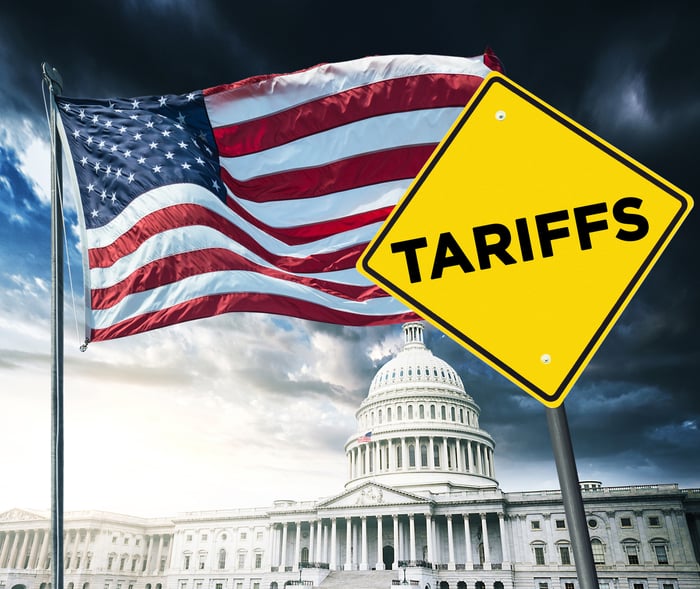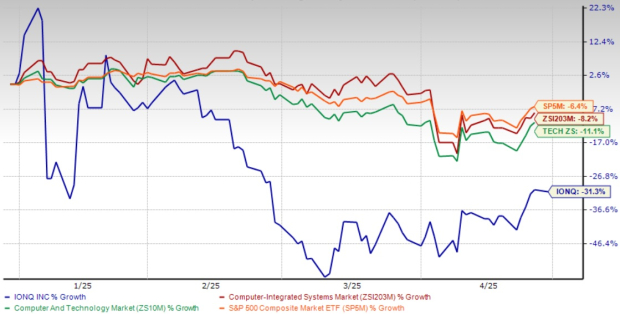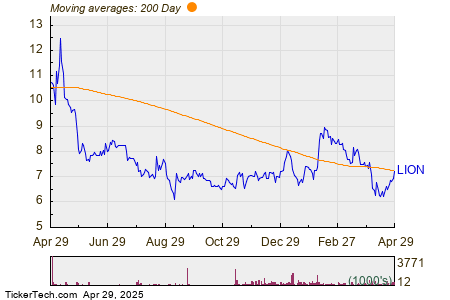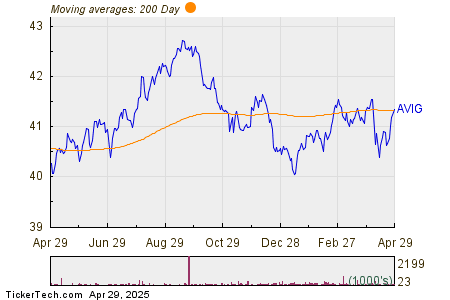Nvidia Navigates Tariff Challenges with U.S. Production Strategy
Last year was a landmark period for Nvidia (NASDAQ: NVDA). The chip designer enjoyed skyrocketing demand for its Blackwell architecture, achieving record revenue and profits, leading investors to buy the stock enthusiastically. Consequently, the Dow Jones Industrial Average (DJINDICES: ^DJI) welcomed Nvidia as a new member, which subsequently delivered the best annual performance in the index, soaring over 170%.
However, 2023 has presented a more challenging landscape for this artificial intelligence (AI) leader. Following President Donald Trump’s announcement of comprehensive import tariffs designed to raise costs for imported materials, Nvidia’s operational framework is now under pressure, as a significant portion of its AI chips are manufactured in Taiwan.
Nvidia is not the only tech company facing these headwinds. Many firms across various sectors, including retail and automotive, also rely on overseas production and imports.
Nvidia’s Proactive Steps in Production
Nvidia is taking proactive measures to mitigate these challenges. Historically, the company has shown agility in adapting to market conditions. While it primarily manufactures its AI chips in Taiwan with Taiwan Semiconductor Manufacturing (TSMC), it has recently begun shifting some production to TSMC’s facility in Arizona. TSMC is expanding its investment in U.S. manufacturing, currently totaling $165 billion, which should benefit Nvidia’s production capabilities at home.
Earlier this month, Nvidia launched a significant initiative that aims to eliminate its susceptibility to import tariffs over time. The company plans to produce all its AI supercomputers domestically.
In collaboration with partners, Nvidia aims to manufacture $500 billion worth of AI infrastructure in the U.S. over the next four years. Production will be centered at TSMC’s existing Arizona plant, and Nvidia is concurrently developing two additional plants in Texas with partners Foxconn and Wistron. The ramp-up of production at these facilities is anticipated within the next 12 to 15 months.
While this strategy may not completely shield Nvidia from immediate tariff impacts, it should reassure investors that any resulting pressure on earnings is likely to be temporary.
Potential for Moderate Tariffs
Initially, Trump proposed tariffs on all imports but later exempted electronics, allowing for a reassessment of tariff levels specific to the tech sector. Currently, products such as smartphones and semiconductors are exempt from duties, reflecting the administration’s responsiveness to industry feedback highlighting the detrimental potential of the original tariff proposals.
This exemption indicates that the eventual tariffs may not be as severe as initially feared. Additionally, ongoing negotiations with various countries suggest that tech companies may have the opportunity to influence the final tariffs if the proposals remain unsatisfactory.
Outlook for Nvidia
Given these developments, I am optimistic about Nvidia’s ability to navigate tariff challenges successfully. These two factors—proactive domestic production and potential for moderated tariffs—lead me to believe that tariffs will not significantly disrupt Nvidia’s earnings growth over the long term. Currently, the company enjoys robust profitability, reporting a gross margin exceeding 70%, providing it ample room to absorb potential cost increases.
Even if profitability temporarily dips, I do not anticipate a substantial or prolonged decline. Amid the significant investment in U.S. manufacturing, efficiencies are likely to improve over time, reducing the risk of supply chain disruptions.
As these changes unfold, I would not be surprised to see Nvidia’s stock price surge.
Adria Cimino has no position in any of the stocks mentioned. The Motley Fool has positions in and recommends Nvidia and Taiwan Semiconductor Manufacturing. The Motley Fool has a disclosure policy.
The views and opinions expressed herein are the views and opinions of the author and do not necessarily reflect those of Nasdaq, Inc.




